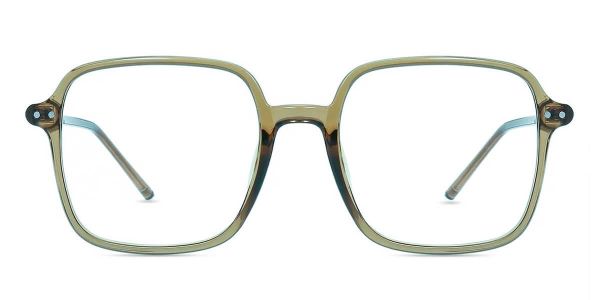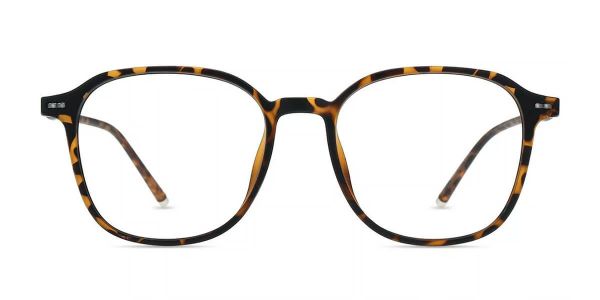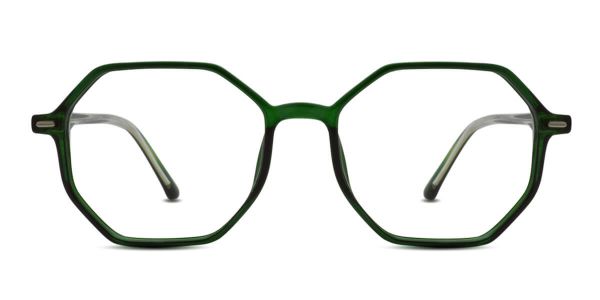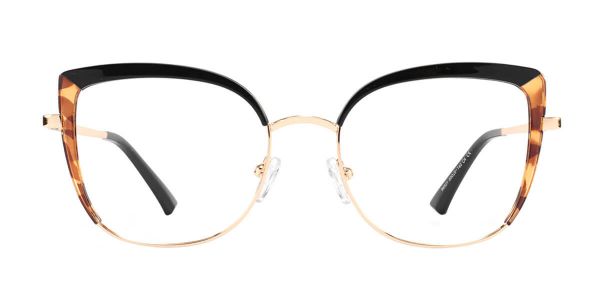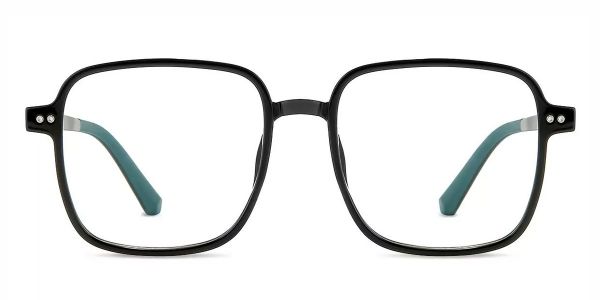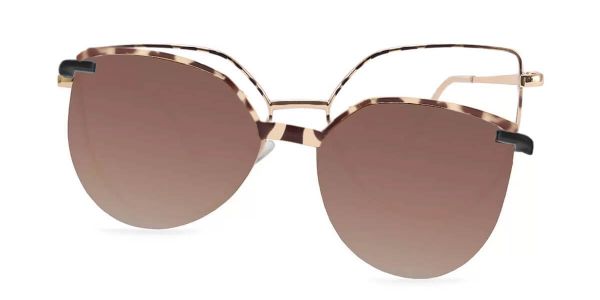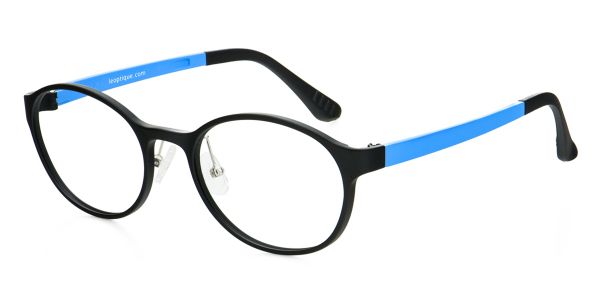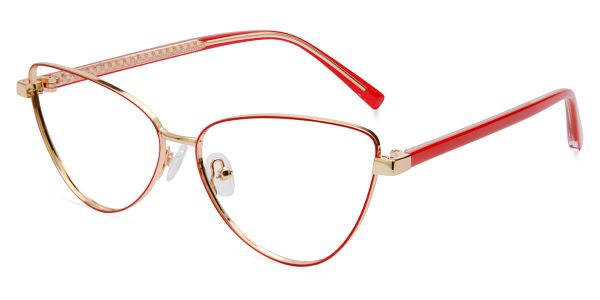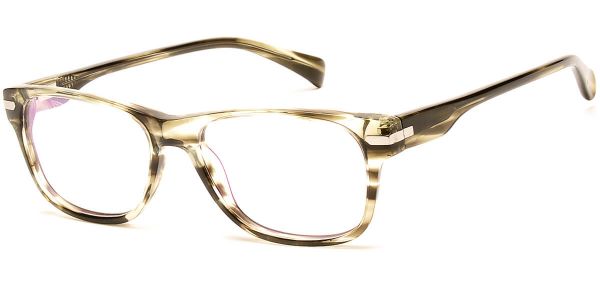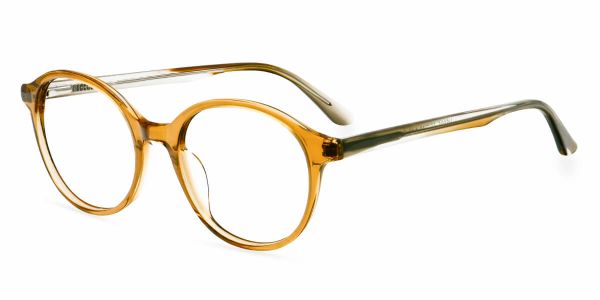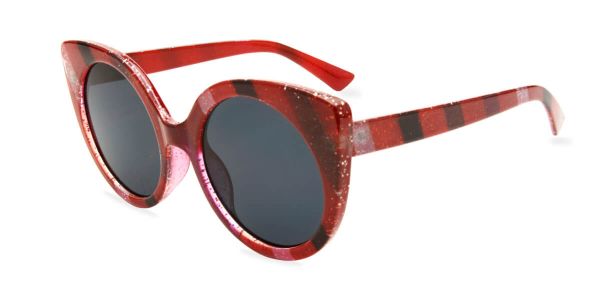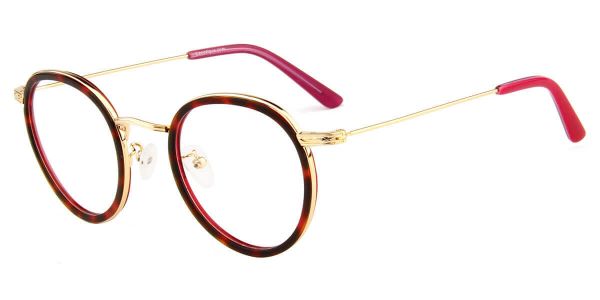
Wearing progressive lenses provides the convenience of clear vision at various distances, but selecting the appropriate eyeglass frames is equally crucial for optimal comfort and visual performance. The right eyeglass frames not only enhance your style but also ensure the effectiveness of progressive lenses. Here are key considerations when choosing frames for your progressive lenses:
-
Size Matters: When selecting frames for progressive lenses, it's crucial to choose a size that allows for a slightly larger vertical dimension and a slightly smaller horizontal dimension. The optimal frame height should fall within the range of 30-36mm. This is because the lenses need to be divided into distance, intermediate, and near zones, and a slightly larger frame ensures an ample near vision area while minimizing the impact of peripheral distortions.
-
Technological Advances: With continuous improvements in progressive lens technology, especially in the optimization of progressive channels, the limitations of frame size have diminished. High-quality lenses, even with a frame height as low as 26mm, can effectively address the challenges of both near and distant vision.
-
Stability Matters: Optimal frame stability is essential for a good visual experience. It is advisable to choose full-frame glasses for better stability, as minimal deformation over time ensures the maintenance of the best wearing position, guaranteeing clear vision at various distances. The preferred order of frame stability is full-frame, semi-rimless, and rimless.
-
Nose Support: Frames with good stability often include nose support. It is recommended to choose frames with nose pads, as they provide stability and can be adjusted for the best fit. The order of preference for nose pad designs is S-shaped, U-shaped, and I-shaped.
-
Caution with Noseless Frames: Exercise caution when opting for frames without nose support, especially for individuals with a flatter nose bridge. If selecting such frames, meticulous attention to adjusting the wearing height and interpupillary distance is crucial to prevent slipping and ensure an effective wearing experience.
In summary, when choosing frames for progressive lenses, consider factors such as size, technological advancements, stability, and nose support. The continuous improvement in lens technology has expanded possibilities, but careful consideration of frame characteristics remains essential for a seamless and effective visual experience.

